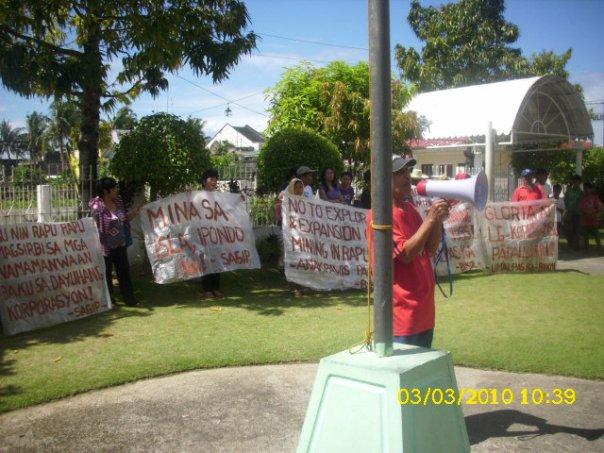Francis N. Tolentino Opinions and Editorials, Manila Bulletin
Wednesday, January 16, 2008
The Supreme Court’s recent declaration of 117 "environmental courts" in the Philippines is surely another step ahead towards our environmental protection agenda.
With the hopefully expeditious resolution of several hundreds of environmental cases pending in our trial courts, we finally give Mother Nature the justice she has long yearned for.
According to a recent study conducted by the World Bank, the Philippines spends around R14 billion each year in the treatment of water pollution, air pollution and in improving sanitation. Green courts are perceived not only to resolve and penalize environmental violators, but as well as help diminish ecological protection costs and increase the people’s awareness of our environmental laws.
Recognizing the importance of establishing environmental courts, "some eighty judges, prosecutors and legal experts from forty Asia-Pacific nations attended the three-day ‘Greening the Bench’ conference (in Bangkok ), which aims to boost enforcement of environmental laws in the region. Environmental courts and tribunals have been established across the region, including Australia , Bangladesh , New Zealand , Thailand , Pakistan and India ."
Only in September of this year, as world concern for climate change increases even more, there was also "renewed interest in a longstanding proposal for the creation of an international court to try environmental cases." This proposal hopes to gradually diminish the number of "crimes against nature" that continue to contribute to rapid and irreversible global warming.
Environmental courts have long been in existence around the world. Some of these include:
* Sweden — with 5 environmental courts, 6 Water Courts and 24 Land Courts. Each court is composed of a technical environmental adviser, and two expert lay judges. "The courts grant permits for larger industrial installations and for activities in water including groundwater."
* Denmark — "There has been long experience in Denmark with a form of environmental court, the Environmental Appeals Board. This Board, although linked to the Ministry of Environment and Energy, is required by statute to be independent of any instructions relating to the review of and decisions in individual cases." Environmental courts in Denmark consist of a Chairman (which should be a high court judge) one or more deputy(ies) chairmen (which should also be a judge/judges), and other expert members (who are often scientist and engineers from the Danish Environmental Protection Agency).
* Ireland — Ireland ’s environmental court is also called An Bord Pleanala (the Planning Appeal Board). The board handles appeals and other environmental matters. It was established in 1976 and is now a "quasi-judicial specialized body, consisting of specialized planning/environmental personnel. It makes its decisions based on strict statutory guidelines and may utilize site visits and oral hearings in its deliberations. It is independent of central government…There is no political interference with the decision of the Board."
* New Zealand — The Environmental Court of New Zealand was established in 1996, and is vested with all the powers of a court, "including many of the procedural powers of a district court…It can make a range of procedural orders, and has the power to direct that amendments be made, on the merits, to regional or district statements or plans. It has jurisdiction to issue declaratory judgements concerning the existence or extent of any function, power, right, obligation or duty, and whether there are inconsistencies between policies. It has extensive powers to make orders requiring the cessation of activities which are in contravention of a plan, or doing anything that is like objectionable to the extent that it may have an adverse effect on the environment."
* New South Wales, Australia — Established in 1980 by virtue of the Land and Environment Court Act of 1979, New South Wales’ Land and Environment Court is considered "as a superior court or record and a specialist court enjoying integrated jurisdiction…The court itself was established to deal with disputes arising under all environmental statutes, of which there are twenty-five."
* India — India has over 200 environmental laws, and its Environmental Law Supreme Court helps the government implement these laws. The court "closes down companies that continue to pollute the environment as well as making it mandatory for TV and radio stations to run environmental programs."
* Memphis , Tennessee — The Shelby County Environmental Court was created in 1991 vested not only with the powers to settle environmental disputes but to also help Memphis in enforcing its environmental laws. The court’s major areas of concern include: Health Code violations (such as sanitation, mosquito control, rabies control, pollution control, infectious diseases), Housing Code violations, Fire Code violations and Building and Zoning Code violations.
Environmental protection comes foremost, we believe, if we are to truly advance economic and social interests. The main problem that will confront our Green Courts would be the lack of sufficient legislation and scientific knowledge on the key area of "environmental damage", as defining environmental damage remains a complex issue, unresolved even by international law.
There is no Philippine law that will answer the following questions yet: What constitutes environmental damage? And what level of environmental damage might give rise to liability?
How can our Green Courts resolve cases seeking restitution or reparation when the law is silent? Principles of equity should not be the sole basis. M. Bowman is his book "Environmental Damage in International and Comparative Law"(2002) said: "Pure damage to the environment may be incapable of calculation in economic terms, although it may have a non-economic value requiring restoration to the state prior to the damage occurring". Even the EC Commission in its 1993 Green Paper recognized the difficulty of environmental restoration: "An extinct species cannot be replaced. Pollutants emitted into the air or water are difficult to retrieve."
Our Supreme Court showed the way. We have green courts but insufficient laws. Perhaps our Congress should follow. (E-mail address: myrfnt@yaho.com)

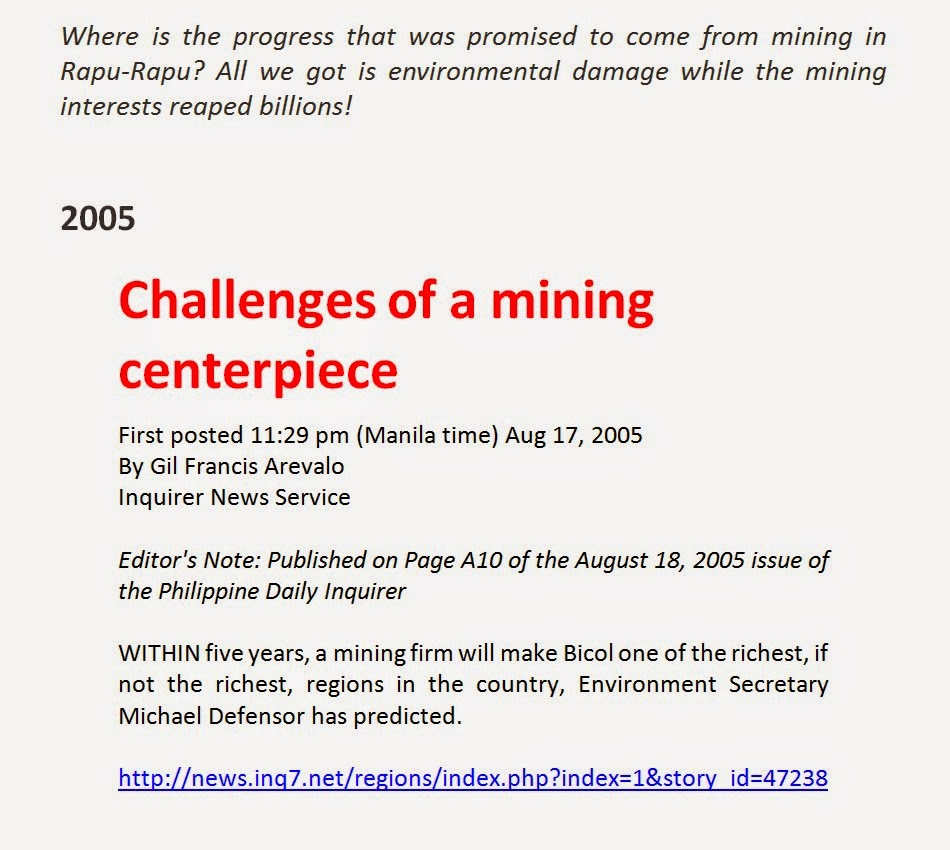
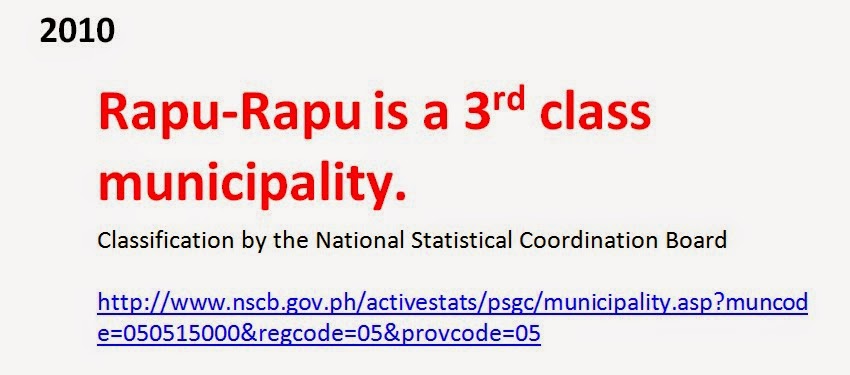
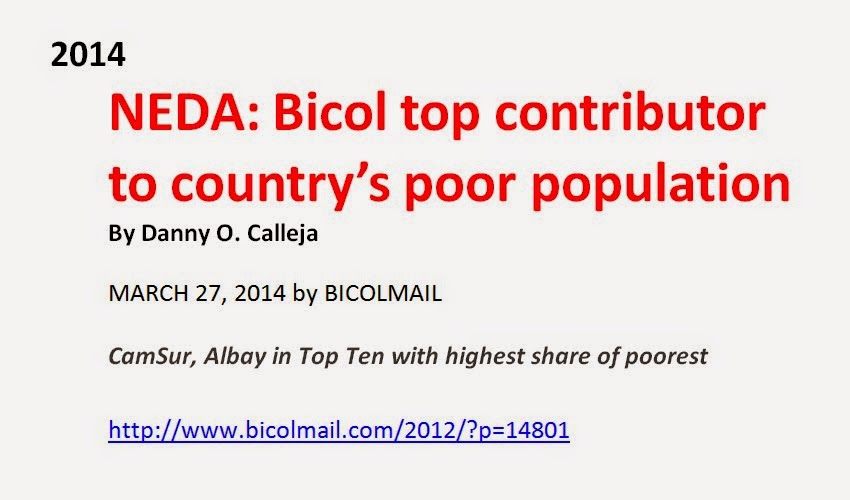
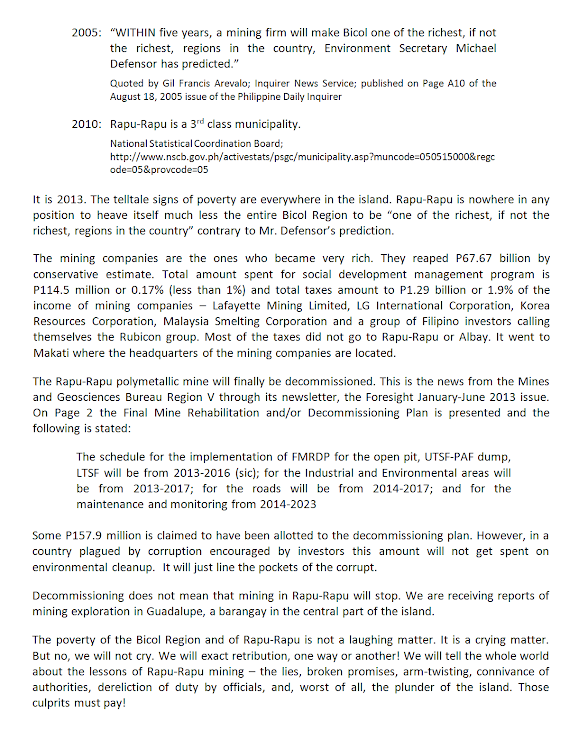
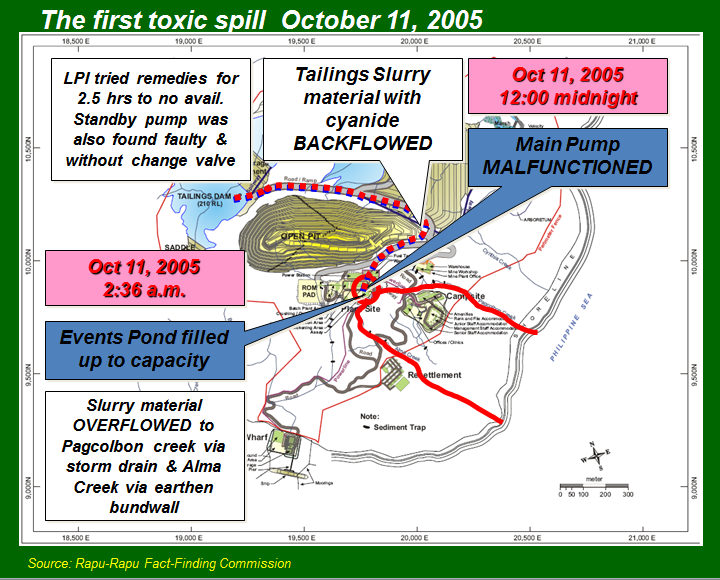

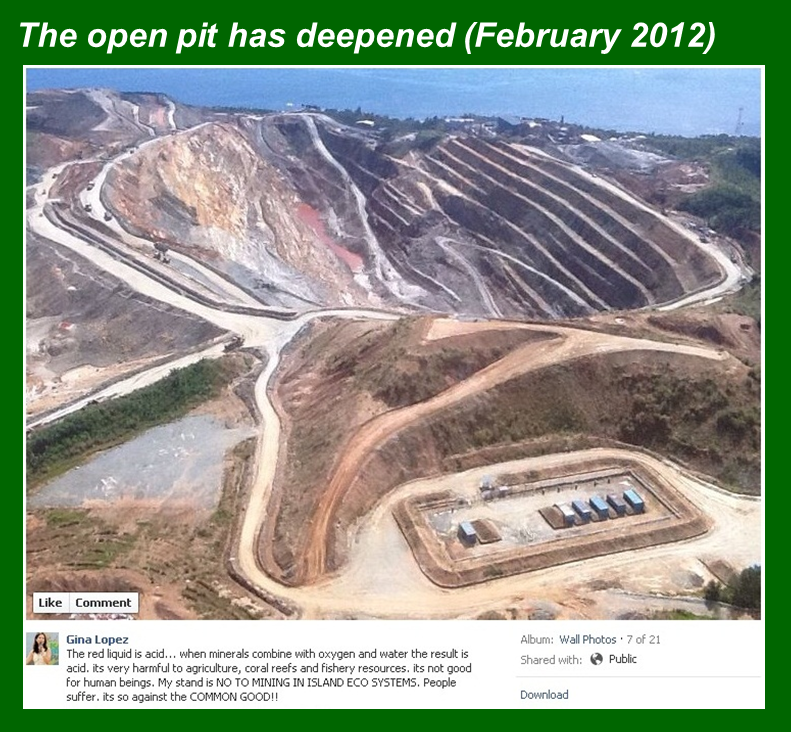
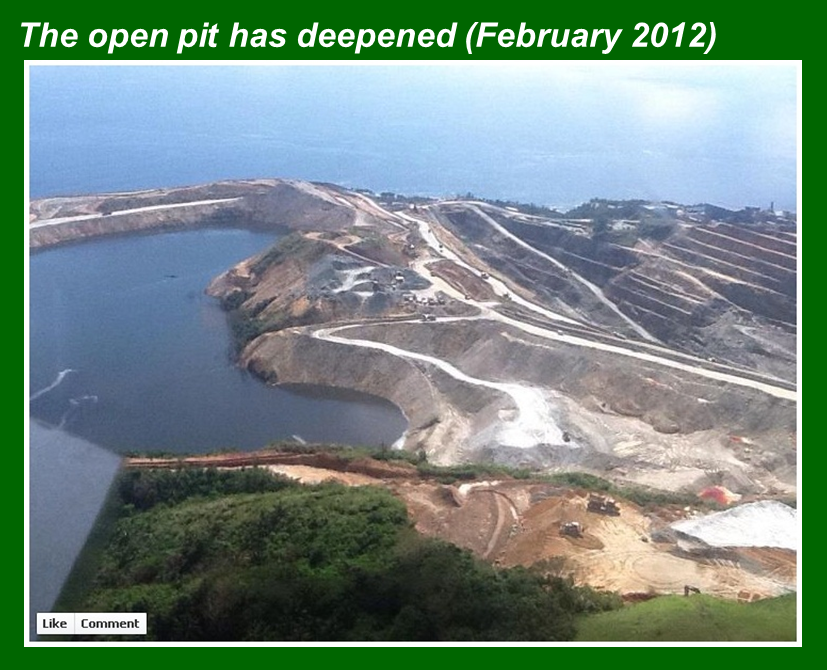

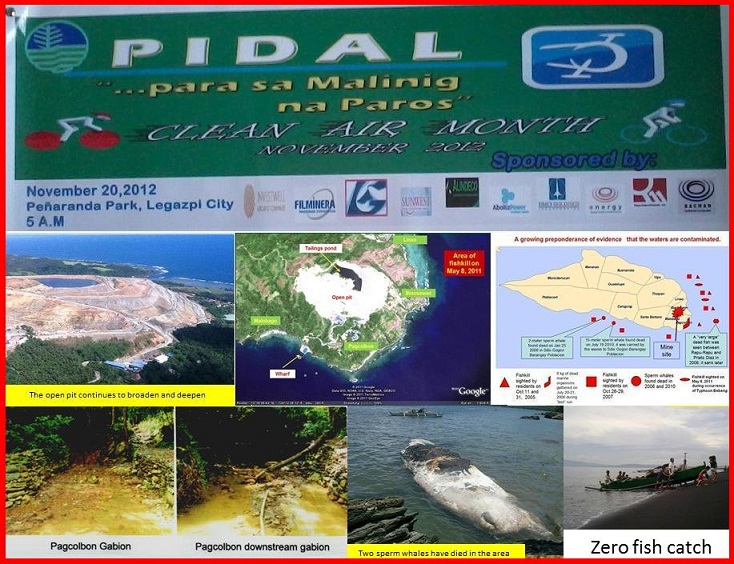







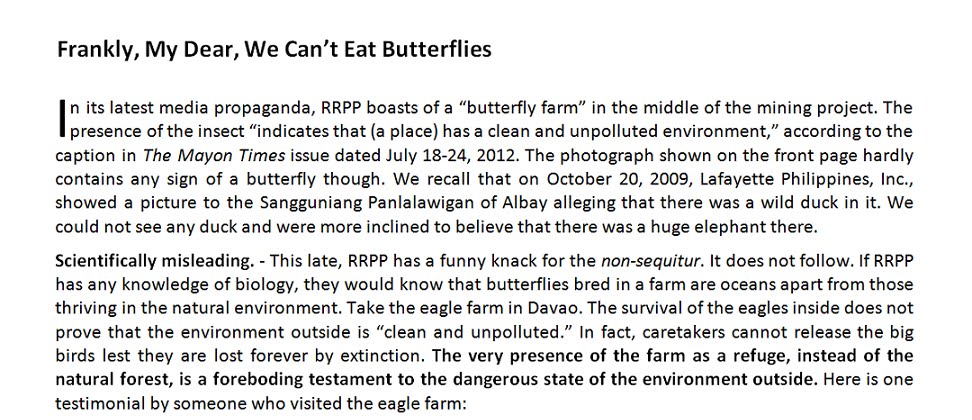




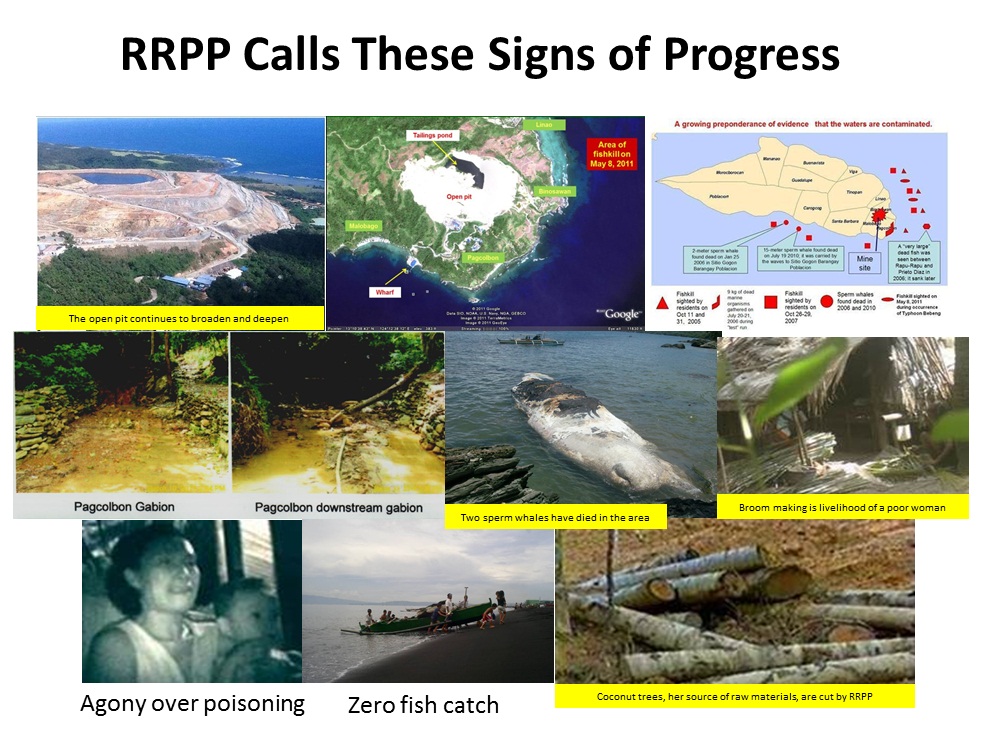









.jpg)
.jpg)
.jpg)




